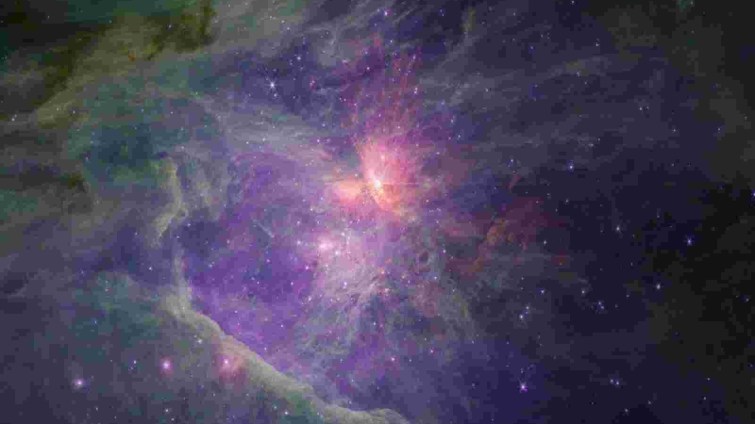James Webb Space Telescope Discovers Enigmatic ‘JuMBOs’ in the Cosmos

The James Webb Space Telescope (JWST), a monumental achievement in astronomical observation, has recently made a fascinating discovery that challenges our understanding of celestial objects. As reported by the BBC, the JWST has identified Jupiter-sized entities that are not tethered to any star, presenting a celestial enigma that has left astronomers both intrigued and perplexed. These mysterious entities, known as Jupiter Mass Binary Objects, or “JuMBOs,” have opened a new chapter in our exploration of the cosmos.
During a survey of the Orion Nebula, the JWST detected approximately 40 pairs of these JuMBOs. What sets these objects apart is their dual nature—they are too diminutive to be classified as stars, yet they do not conform to the conventional definition of planets because they are not bound by the gravitational pull of a parent star. This unique characteristic has led astronomers into uncharted territory as they grapple with the task of explaining the origin and nature of these celestial anomalies.
The European Space Agency (ESA) has put forth two plausible explanations for the existence of these remarkable objects. The first theory suggests that JuMBOs may have originated in regions within the nebula where the density of material was insufficient to birth fully-fledged stars. This theory points to the possibility that JuMBOs formed independently in regions of the nebula that lacked the necessary materials to facilitate full-scale star formation.
The second theory poses an equally intriguing scenario: JuMBOs could have initially formed around stars but were subsequently expelled from their parent systems due to gravitational interactions. This hypothesis, known as the “ejection hypothesis,” is currently favored by astronomers and suggests that while individual planets can indeed be ejected from star systems, the puzzling aspect is how pairs of JuMBOs could be ejected together.
As the ESA’s senior science adviser aptly put it, “The ejection hypothesis is the favored one at the moment. Gas physics suggests you shouldn’t be able to make objects with the mass of Jupiter on their own, and we know single planets can get kicked out from star systems. But how do you kick out pairs of these things together? Right now, we don’t have an answer. It’s one for the theoreticians.”
The discovery of JuMBOs has raised profound questions about the formation and evolution of celestial bodies, challenging our existing models and explanations. Dr. Ed Bloomer, an astronomer at the Royal Observatory Greenwich, highlighted the significance of this discovery, stating, “It’s happening in the Orion Nebula, a star-forming ‘stellar nursery’ where we have already seen hundreds of nascent planetary systems. Together, this points to the possibility that our existing models and explanations for planetary formation and evolution aren’t as complete as we’d like them to be.”
The James Webb Space Telescope, launched in 2021 and operational since 2022, has significantly expanded our comprehension of the early universe and provided awe-inspiring images of the cosmos. Its extraordinary capabilities have unveiled the existence of the earliest-known galaxies and black holes while yielding an abundance of groundbreaking data.
The JWST, with its remarkable capacity, has once again reshaped our understanding of the universe, introducing us to the enigmatic JuMBOs and inviting astronomers and scientists to embark on a new era of exploration and discovery. With its power to peer into the depths of the cosmos, the JWST continues to unlock the mysteries of the universe, reminding us that the cosmos is an ever-evolving tapestry of wonders yet to be fully comprehended.
News Mania Desk / Agnibeena Ghosh 3rd October 2023






